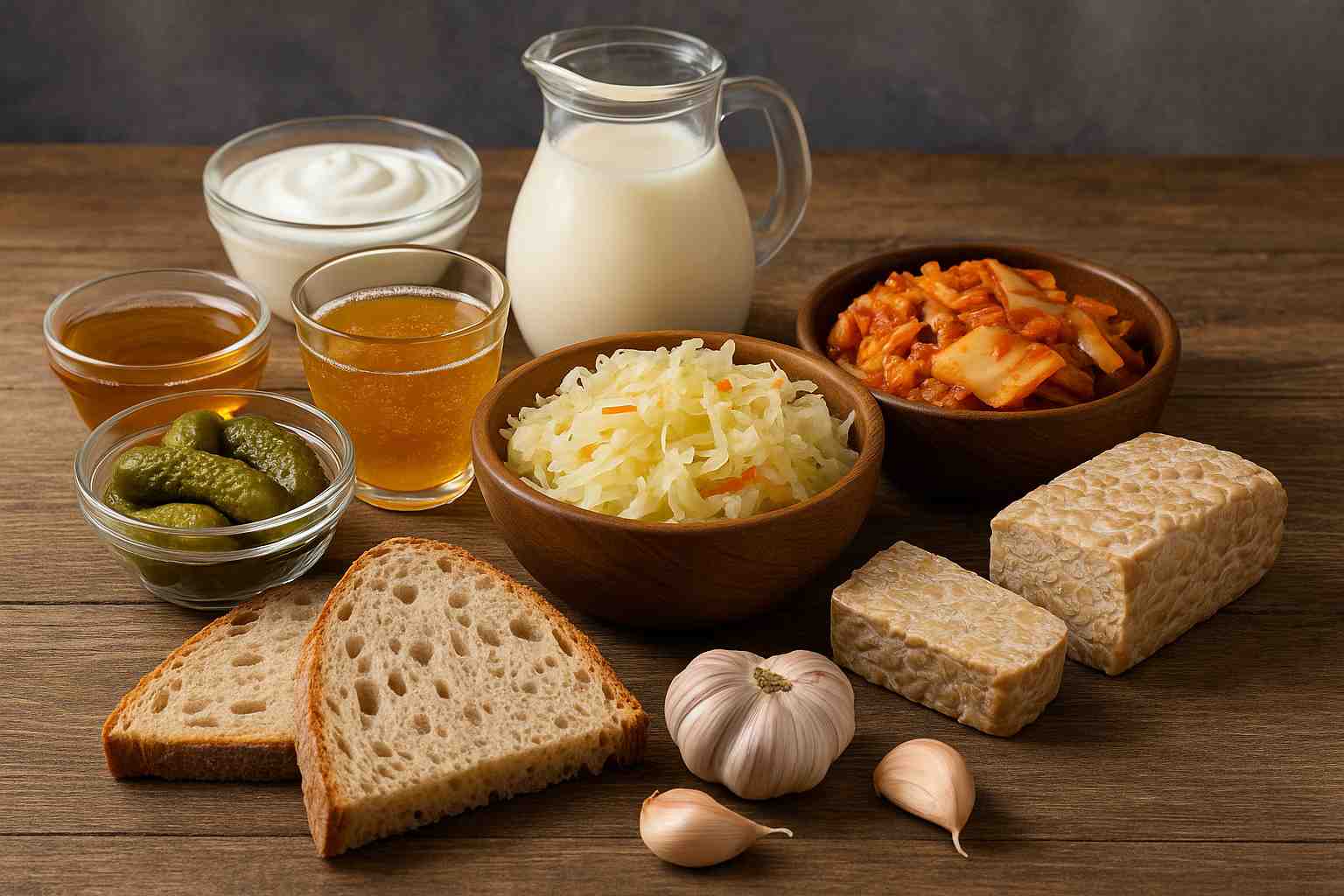Fermented foods have been cherished for centuries for their unique flavors and impressive health benefits. They not only enhance digestion but also nourish the gut microbiome, which is key to overall well-being. By incorporating these foods into your meals, you can enjoy both culinary variety and improved digestive health. Here are 15 gut-friendly fermented recipes you can try at home.
1. Sauerkraut
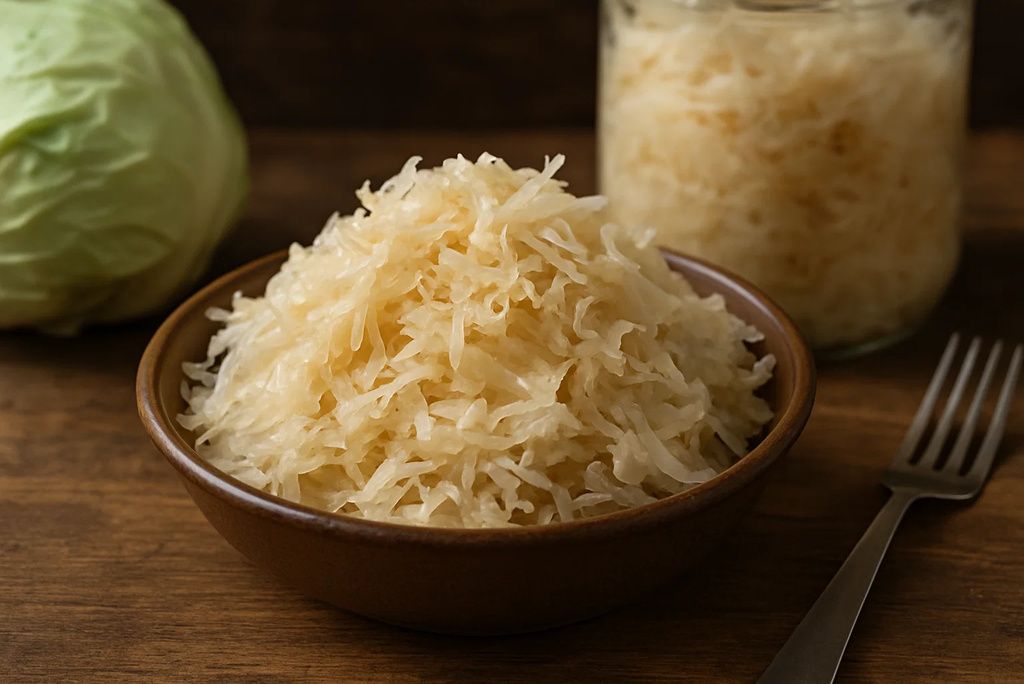
This tangy, finely shredded cabbage is fermented by lactic acid bacteria, creating a probiotic-rich food that supports digestion and gut balance. Sauerkraut pairs well with grilled meats, sandwiches, and salads, adding both crunch and tartness.
To make it, massage salt into shredded cabbage, then let it ferment in a jar for 1–4 weeks. Studies link sauerkraut to improved gut flora, immunity, and even reduced inflammation. It’s a staple in German cuisine and one of the easiest ferments to make at home for year-round enjoyment. (NCBI)
2. Kimchi
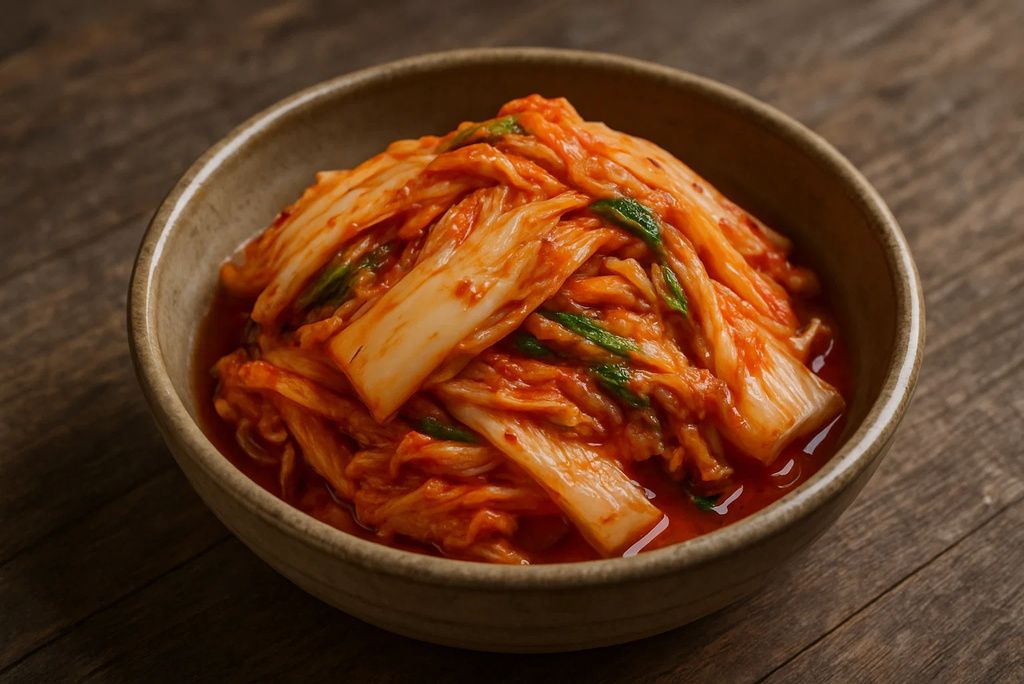
A Korean classic, kimchi is made from napa cabbage, radish, chili powder, garlic, and ginger, often with seafood-based seasonings for depth. Its fermentation process creates beneficial bacteria like Lactobacillus kimchii, which aids digestion and boosts immunity. Kimchi’s spiciness adds a unique kick to rice bowls, noodles, omelets, or even tacos.
According to research, regular kimchi consumption may help reduce cholesterol, regulate blood sugar, and support weight management. With endless variations, it’s both a flavorful side dish and a versatile cooking ingredient for countless recipes.
3. Kombucha
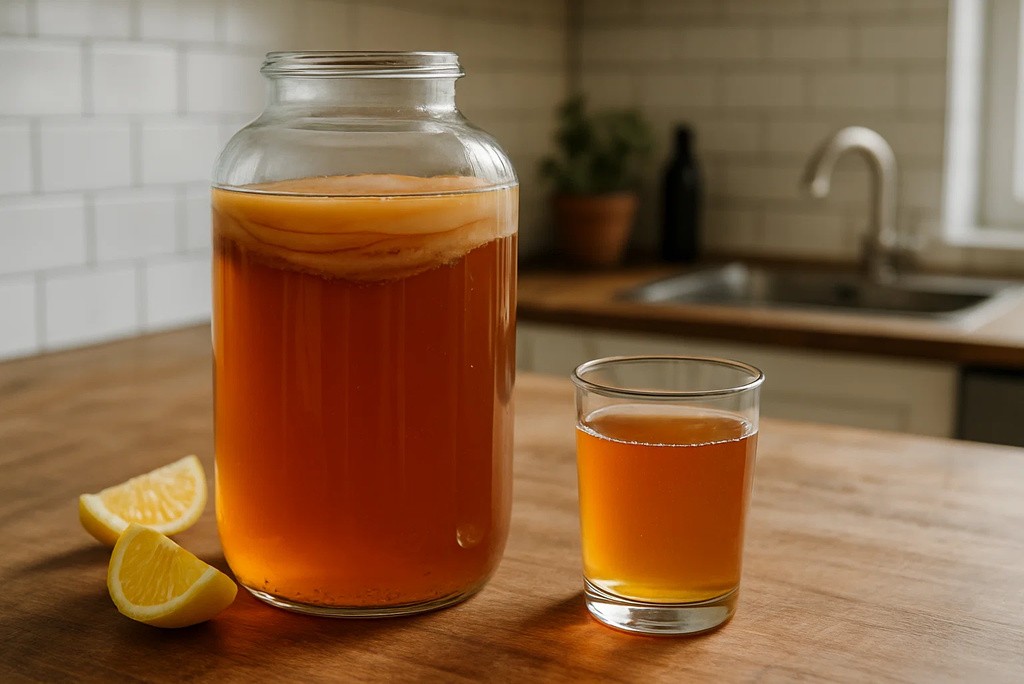
This fizzy, tangy tea is fermented with a SCOBY (Symbiotic Culture of Bacteria and Yeast), creating a naturally carbonated drink. Kombucha provides probiotics, organic acids, and antioxidants, which can improve gut health, liver function, and hydration.
You can flavor it with fresh fruits, herbs, or spices after the initial fermentation for endless variety. Its slight effervescence makes it a healthier alternative to sugary sodas and energy drinks. Drinking small amounts daily may help maintain digestive balance and give a refreshing boost to your beverage routine.
4. Kefir
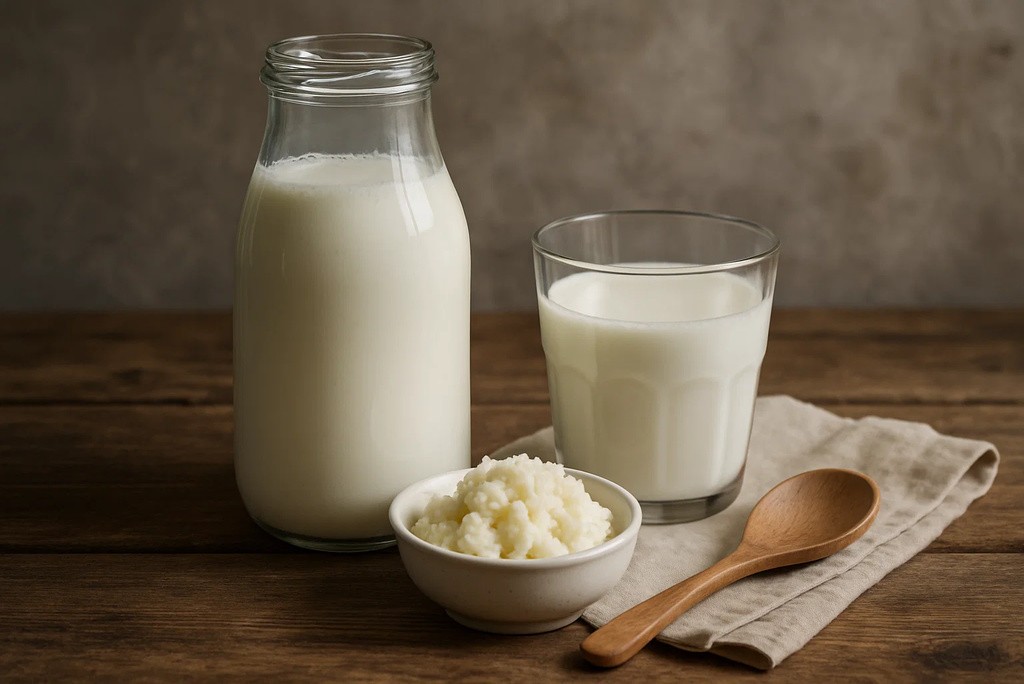
A fermented milk drink similar to yogurt but thinner in consistency, kefir contains more probiotic strains than most yogurts and supports nutrient absorption. It’s made by fermenting milk with kefir grains, creating a tart, slightly effervescent beverage that can be consumed plain or blended into smoothies.
Research shows kefir may help fight harmful bacteria, reduce inflammation, and improve bone density. It’s also available in dairy-free versions made with coconut or almond milk, making it accessible to those who are lactose intolerant or vegan.
5. Miso
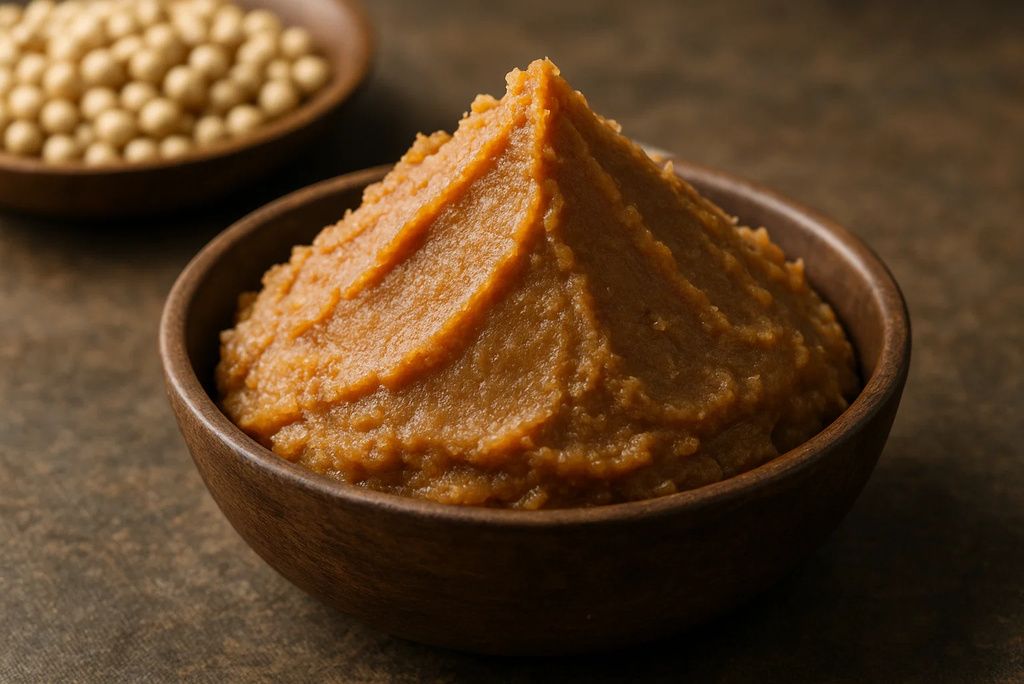
This Japanese paste, made from fermented soybeans, barley, or rice, adds a savory umami flavor to soups, marinades, and salad dressings. Miso contains probiotics like Aspergillus oryzae, which may promote digestion, support immune health, and aid nutrient metabolism.
Different varieties, from white to dark miso, offer distinct flavor profiles. Miso soup is the most common use, but it can also enhance dips, roasted vegetables, and even desserts. Its long shelf life makes it a convenient staple for flavor and nutrition. (Harvard T.H. Chan School of Public Health)
6. Tempeh
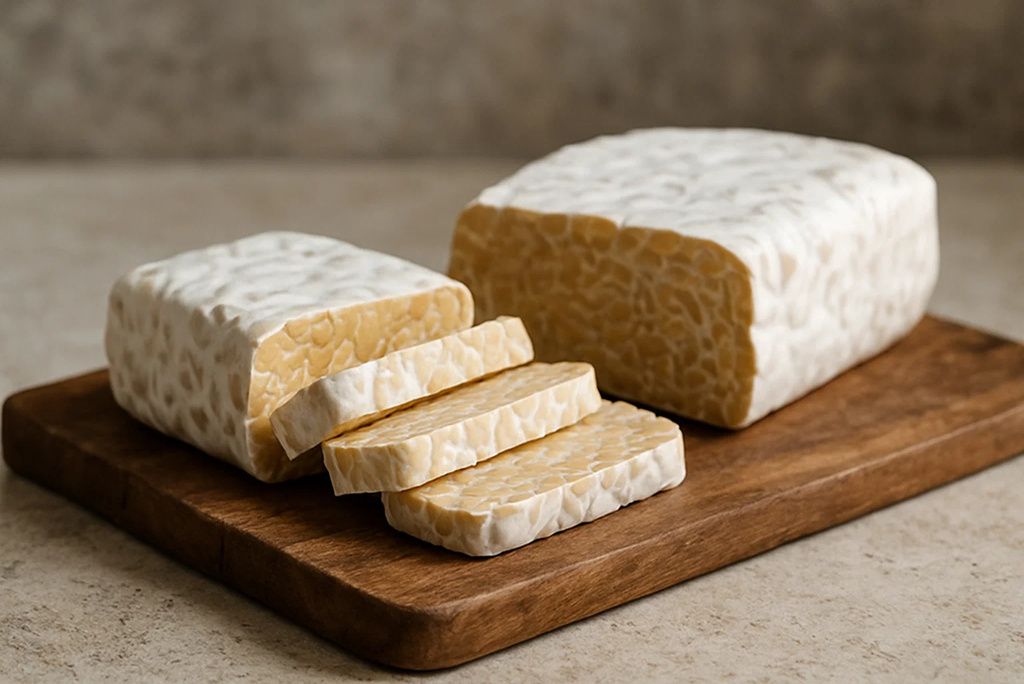
A firm, cake-like product from Indonesia, tempeh is made from fermented soybeans bound together by a dense, nutty matrix. It’s rich in protein, fiber, and probiotics, making it a favorite among vegetarians and vegans. Its firm texture works well in stir-fries, salads, or as a hearty grilled meat substitute.
Tempeh also retains more nutrients than tofu due to its whole-bean composition. Marinating and pan-searing tempeh brings out its earthy flavor, making it a versatile and satisfying addition to countless savory dishes.
7. Yogurt
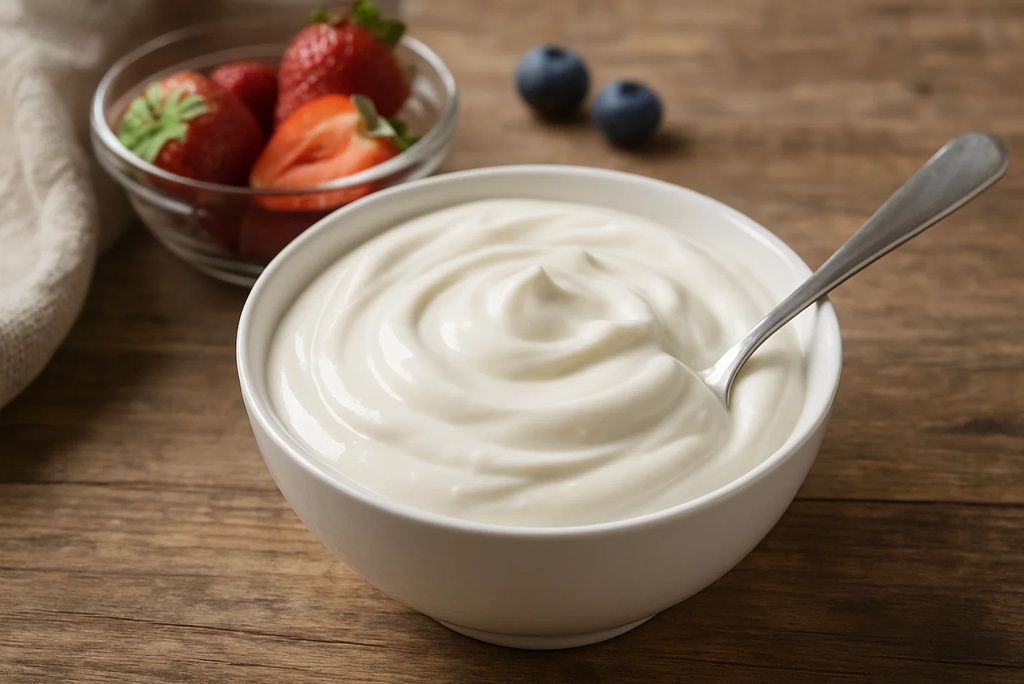
One of the most well-known probiotic foods, yogurt is made by fermenting milk with bacterial cultures like Lactobacillus bulgaricus and Streptococcus thermophilus. Choose unsweetened varieties for maximum health benefits, as added sugar can counteract gut-friendly effects. Yogurt supports digestion and immunity and may aid in weight management and bone strength.
Greek yogurt, with its thicker texture and higher protein content, is ideal for breakfast bowls, smoothies, or savory dips. Dairy-free versions made from soy, coconut, or almond milk are also widely available. (Mayo Clinic)
8. Pickles (Naturally Fermented)
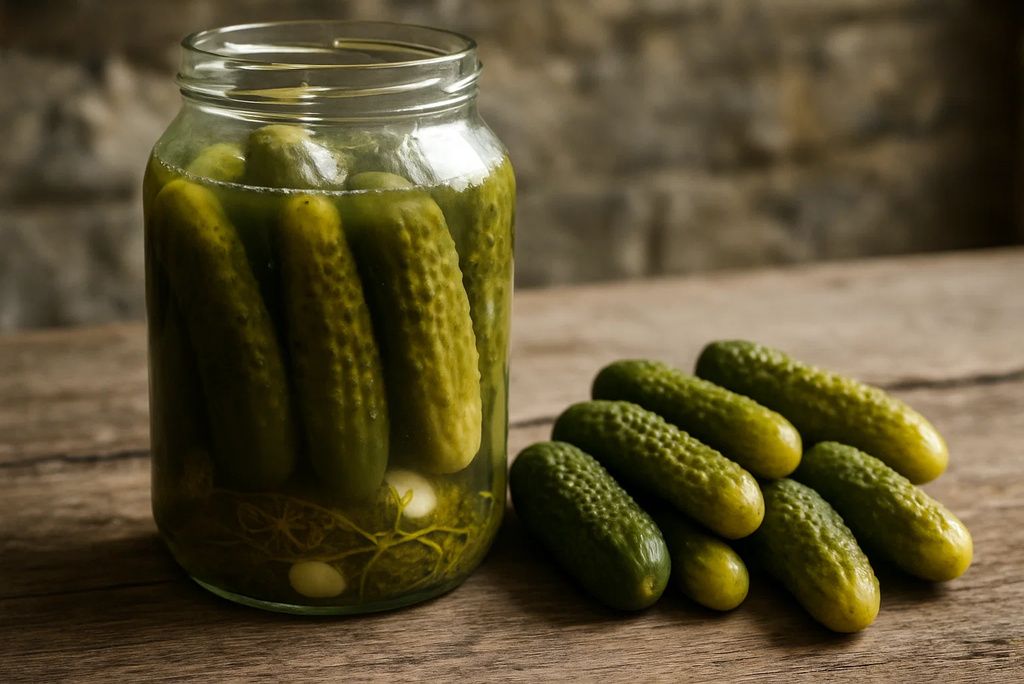
Unlike vinegar-pickled cucumbers, naturally fermented pickles rely on saltwater brine and beneficial bacteria to develop tangy, probiotic-rich flavors. These live cultures can improve digestion, nutrient absorption, and even immune response. Look for “raw” or “fermented” labels to ensure live probiotics are present.
Naturally fermented pickles pair beautifully with sandwiches, charcuterie boards, and grain bowls. You can also experiment with fermenting carrots, green beans, or cauliflower for variety. Homemade brine ferments are easy to prepare and customize with herbs and spices.
9. Sourdough Bread

Made using a wild yeast and lactic acid bacteria starter, sourdough is easier to digest than conventional bread. Its fermentation process reduces gluten levels, lowers glycemic impact, and increases nutrient bioavailability. Opt for whole-grain sourdough to add extra fiber and minerals for gut health.
Its mildly tangy flavor complements soups, cheeses, and spreads beautifully. Baking sourdough at home can be a rewarding process, producing loaves with exceptional crust and texture while filling your kitchen with an irresistible aroma. (Healthline)
10. Natto
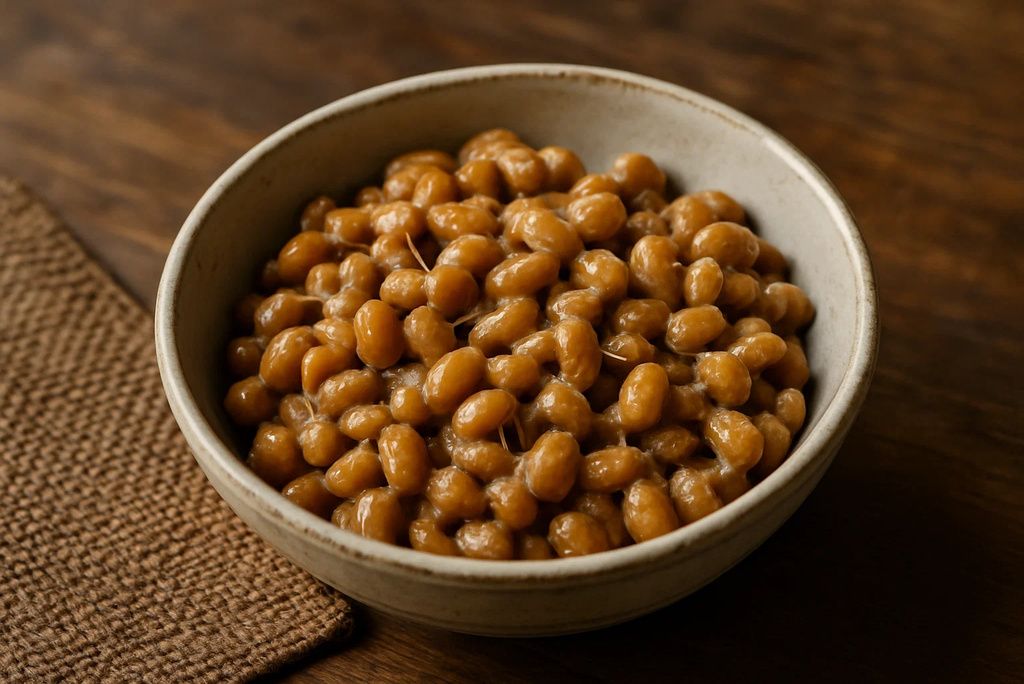
A traditional Japanese dish of fermented soybeans, natto is famous for its strong aroma, sticky texture, and distinctive flavor. It’s rich in probiotics, protein, and vitamin K2, which supports bone and cardiovascular health. Natto’s fermentation produces Bacillus subtilis, linked to improved digestion and immune response.
It’s commonly eaten over rice with soy sauce and mustard. While its bold characteristics may require an acquired taste, natto offers exceptional nutritional benefits and is considered a longevity-promoting food in Japanese culture. (NCBI)
11. Fermented Garlic Honey
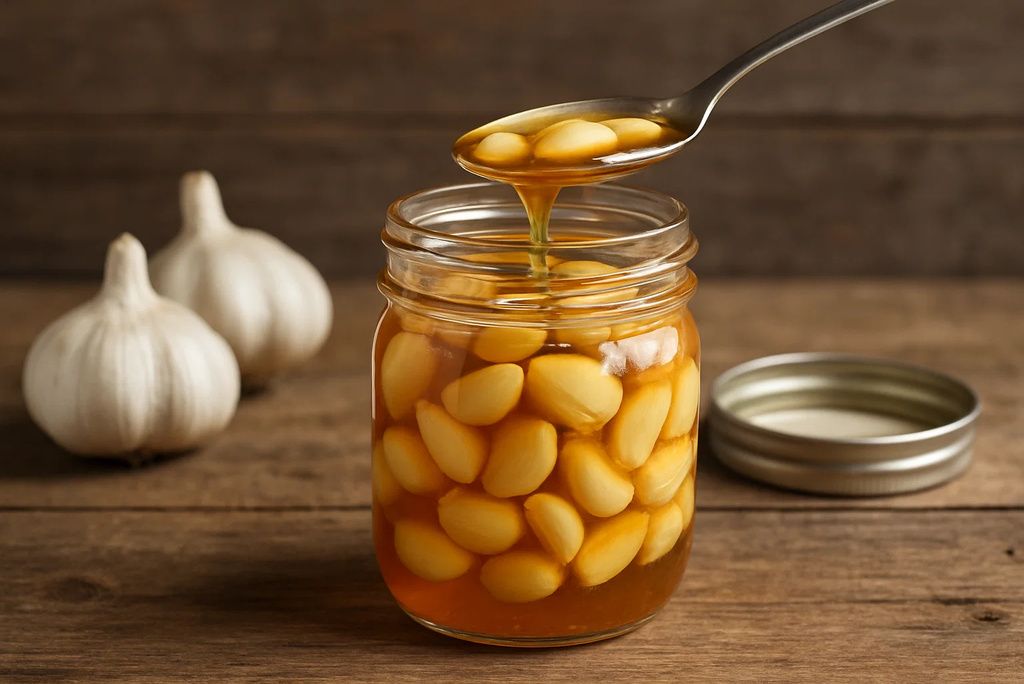
A home remedy combining garlic and raw honey, fermented over several weeks until the flavors meld and bubbles form naturally. This mixture offers antibacterial, antiviral, and probiotic benefits in one jar. It’s often taken by the spoonful, spread on toast, or added to teas for immune support.
Fermented garlic Honey’s synergy comes from garlic’s allicin and honey’s natural enzymes, enhancing both taste and health potential. Store it at room temperature for easy access during cold and flu season or year-round wellness routines.
12. Beet Kvass
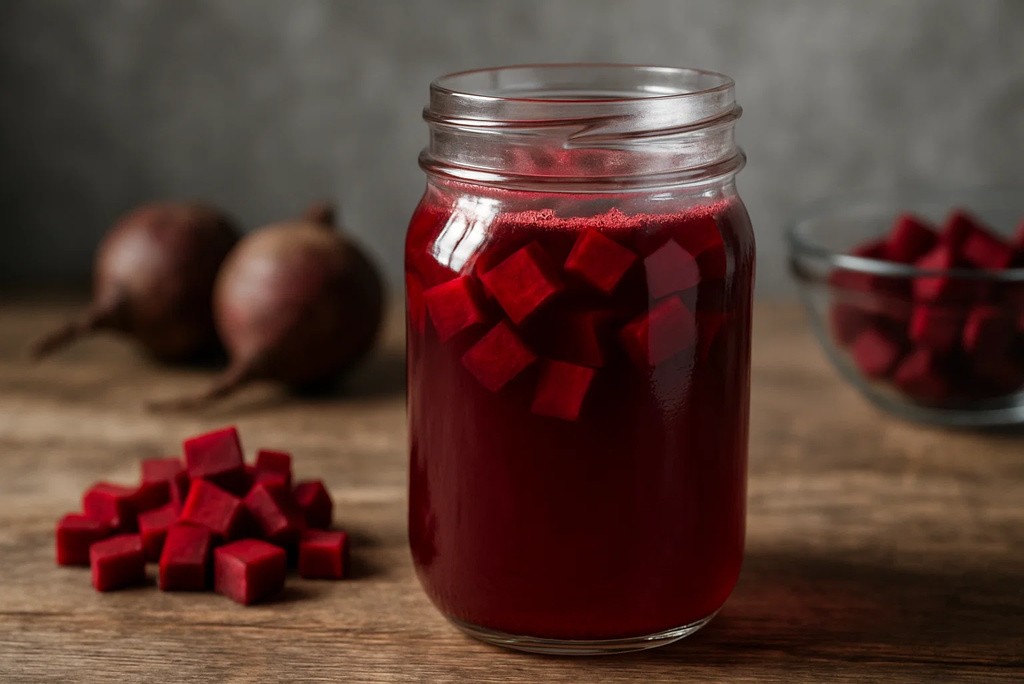
A traditional Eastern European drink made by fermenting beets in salted water, producing an earthy, tangy, and deeply colored tonic. Beet kvass is rich in probiotics, antioxidants, and nitrates, which may improve blood pressure, digestion, and athletic performance. It can be consumed as a daily health shot or used as a base for soups like borscht. The fermentation process also enhances the beet’s natural sweetness while mellowing its sharpness, making it more palatable for those new to beet-based drinks. (NCBI)
13. Fermented Hot Sauce
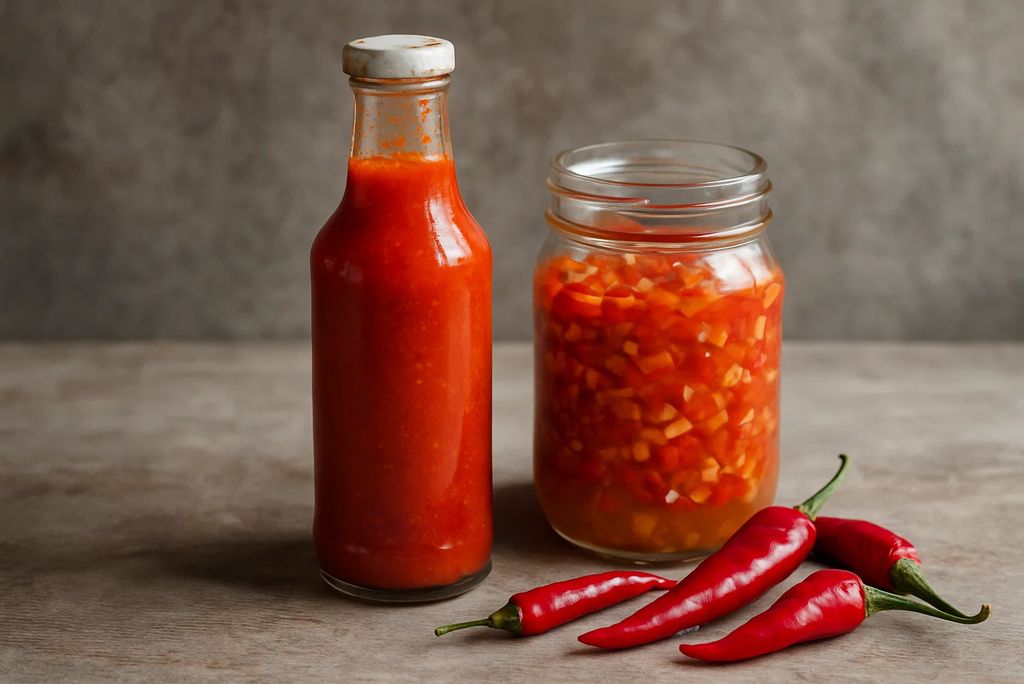
By fermenting chili peppers with salt and water before blending, you create a probiotic-packed condiment with tangy, complex flavor layers. Fermentation mellows the heat while amplifying depth, resulting in a sauce that’s bold yet balanced.
Try it on eggs, tacos, grain bowls, or grilled meats. You can mix different pepper varieties for custom spice profiles and adjust fermentation time for flavor intensity. Homemade fermented hot sauce often surpasses store-bought versions in both freshness and beneficial bacterial content.
14. Lassi
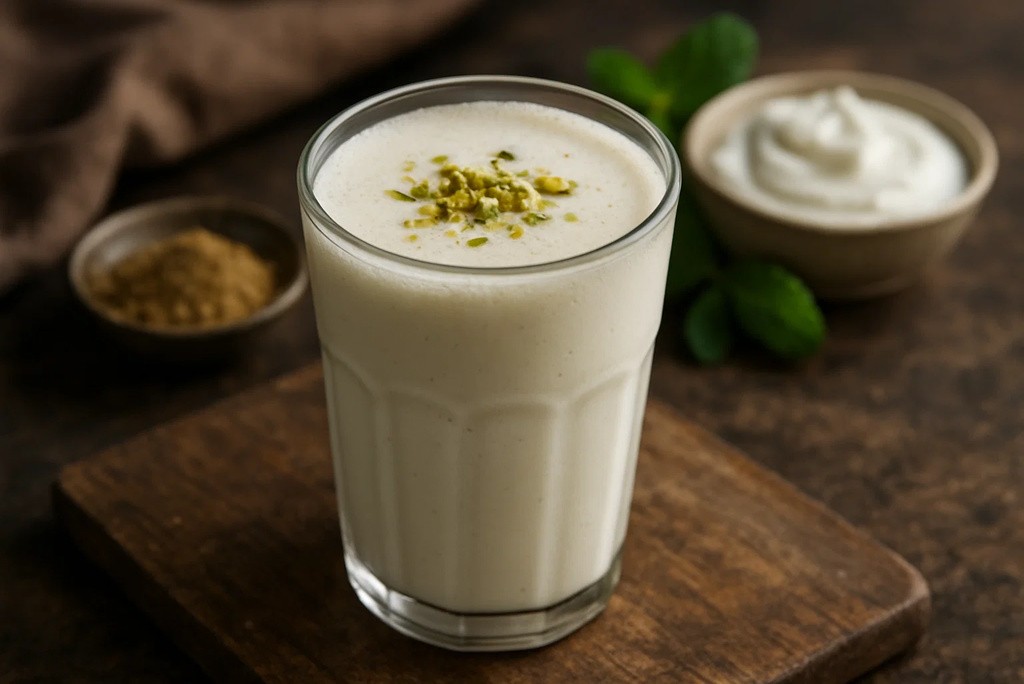
A traditional Indian yogurt-based drink, lassi can be sweet or savory, offering probiotics that aid digestion and support hydration. Savory versions may include cumin, salt, and fresh herbs, while sweet ones often feature mango, rosewater, or cardamom. Served chilled, it’s a refreshing option in hot weather.
Lassi can also help soothe the stomach after spicy meals, making it both a comfort beverage and a gut-friendly delight enjoyed across South Asia for centuries.
15. Rejuvelac
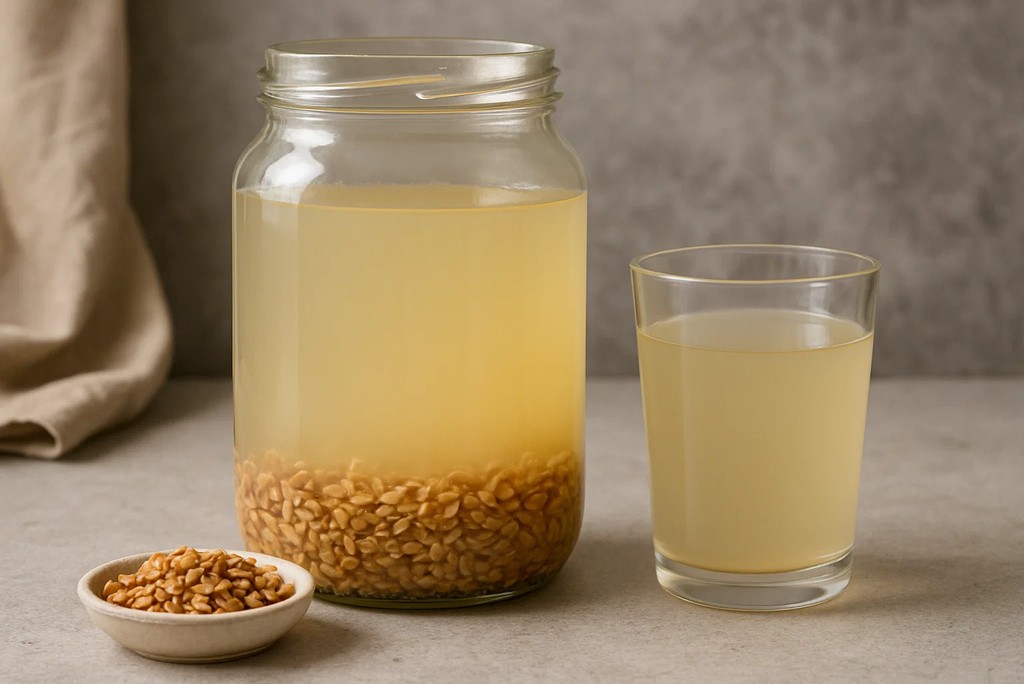
A fermented beverage made from sprouted grains like wheat, quinoa, or rye, rejuvelac is rich in probiotics, enzymes, and B vitamins. It’s often consumed on its own as a digestive tonic or used as a starter culture for raw vegan cheeses.
Its flavor is mildly tangy with a subtle grain aroma. Making rejuvelac at home is simple and inexpensive, requiring only grains, water, and time. This drink is especially popular in raw food diets and natural wellness circles.
Disclaimer: This content is for informational purposes only and is not a substitute for professional medical advice, diagnosis, or treatment. Always consult a qualified healthcare provider before making significant dietary changes.

